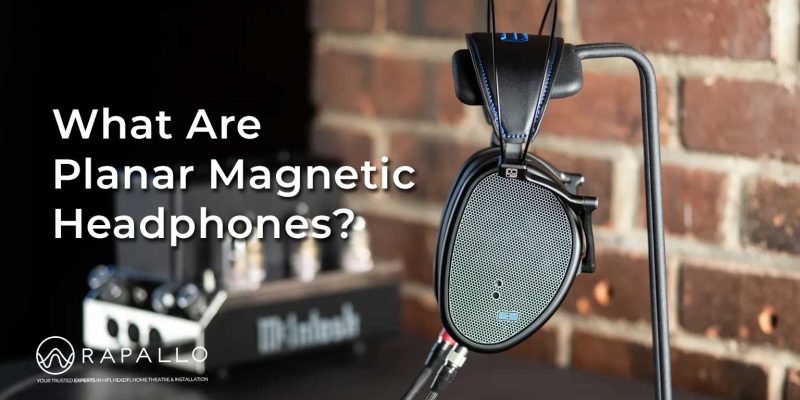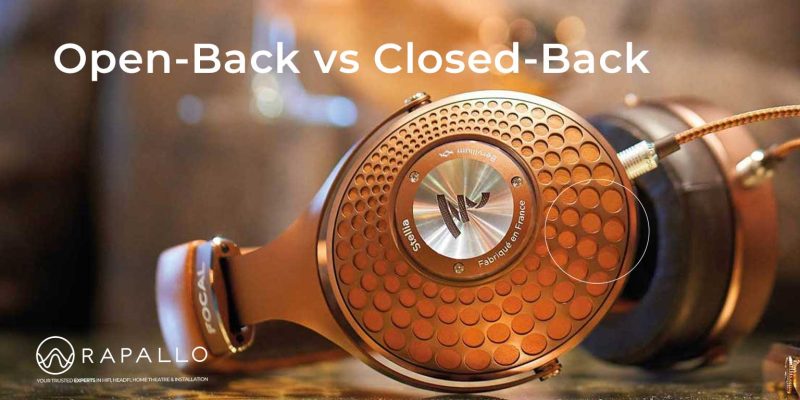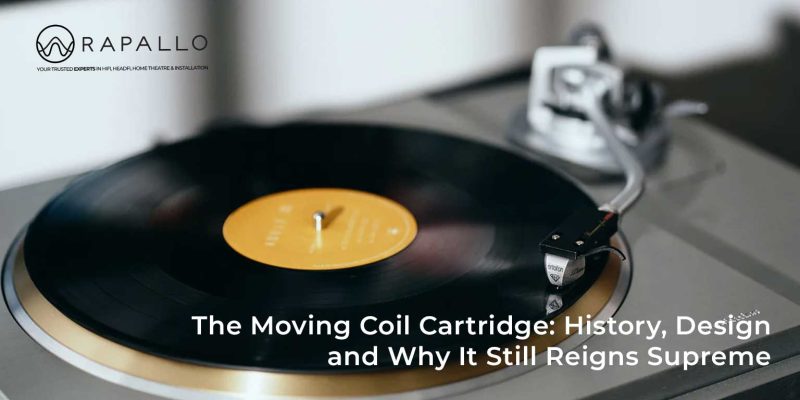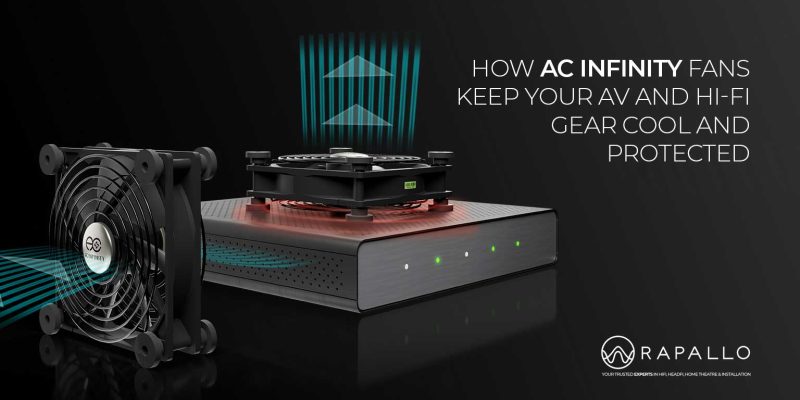
How to calculate the correct power for your amp? (part2)
Estimated reading time: 3 minutes
How to calculate the correct power for your amp? (part2)
Last week we chewed our way through the technical background on how to define the power for your amplifier, focusing on the amplifier itself. Hopefully, we haven’t put you off reading any further, as admittedly, it is not an easy nor straightforward subject.
We tried to keep it fairly simple (knowing that we have cut a corner here and there). However, it should give you the tools to make some sense of the specs you are most likely going to find on your amplifier small print. It is however important to remember that there are some ‘yeah-buts’ attached to this. The final word hasn’t been said on this topic, for sure. But hey…life is a journey, right?
This week is probably a little bit more of an easy read. We hope you enjoy….
As we already mentioned last week, speaker sensitivity and room size are big deciders in determining the power required for your amplifier. We can’t emphasize enough that your amplifier and your speakers are a team that is only as strong as it’s weakest link.
Speaker sensitivity (or speaker efficiency) is an important factor that will have a big play in fine-tuning your amplifying power. Speaker sensitivity is the level of sound you get for a specific level of amplifying power. Basically, sensitivity is calculated by measuring the sound pressure level of a speaker from one meter away, fed with 1 Watt.
Conventional speakers (think cones and domes with a magnet and voice coil) are reasonably efficient, usually in the range of 85 to 90 dB/Watt/meter. Although one would assume so, higher speaker efficiency doesn’t necessarily mean better speakers; it simply means that it requires less amplification. In most cases however, it is worth remembering that there is trade-off between sound quality and higher speaker efficiency.
So, to sum it up: get out the speaker specs as the speaker efficiency or sensitivity of your speakers will tell you whether you require more or less amplification power. There, easy!
And then finally, there is the size of your room as well as the environment to consider. Your room will influence the quality and loudness of sound you hear and therefore will have an impact on the required audio amplifier output to achieve a desired level of loudness. For example, too many heavy furnishings in the room will absorb more of the reflected sound than you may like.
However, while the environment within your room will impact the sound quality, it is the room size that is the key factor here when it comes to determining audio amplifier power. A large room will require typically twice as much amplifier power than an average size room, while a small room will require half as much power than an average size room.
We found a very practical calculator to determine the amplifying power for your room here. While this is by no means gospel, it will give you a good indication and should make things pretty straightforward.
So, to put our whole amplifier power quest in a nutshell, you basically have to answer the following questions:
- What is the sensitivity of your speakers?
- What is the size of your room?
- How loud do you like to listen?
These two blogs should give you a good starting point to work out a good amplifier for your specific situation. As always, if you don’t feel confident on your own, need to bounce off some ideas, or simply would like our recommendation, give us a ring or send us an email and we are more than happy to help out. Happy shopping!
The Rapallo Team
- Ground Cables and Turntables
- What Are Planar Magnetic Headphones?
- Open-Back vs Closed-Back
- Our Guide to Buying a CD Player
- The Moving Coil Cartridge: History, Design, and Why It Still Reigns Supreme
- How AC Infinity Fans Keep Your AV and Hi-Fi Gear Cool and Protected
- Chip DACs vs. Ladder DACs
- Are Blu-ray Players Still Worth It in 2025?
- Understanding Banana Plugs: Are They Worth Using for Your Speakers?








